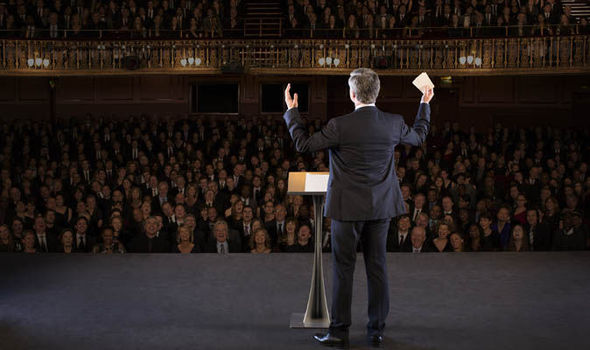In this article, we will get to know about the meaning of monologue, types of monologue, features/characteristics of monologue
Table of Contents
Definition of Monologue:
The word monologue originates in the Greek word, ‘monos’, which means alone and the word, ’logos’, which means speech. A monologue is a speech given by one person to express his or her thoughts aloud. This speech will have one or more listeners, and it will be a one-sided speech, with only one person speaking. This is different from a conversation or a dialogue, where there are two or more speakers. Monologues are often found in mediums of mass communication like films, plays, novels, drama and poetry.
An example of a monologue is the poem, ’My Last Duchess’ by Robert Browning. In the film, ‘Lagaan’, the character of Aamir Khan urges the villagers, in a monologue, to take up the challenge of playing the cricket match and urges them to hope and dream for the sake of their families.
Characterstics of a good monologue
1. Brief
Monologue should be as brief as possible it is generally a brief speech of 2 minutes being presented by a single character
2. Theme
There must be a theme of a monologue and a character relating to that theme this is necessary to establish a connection with the audience
3. Objective
There must be a clear objective Behind every monologue for it to be impactful and the presenter must be clear about the objective
4. Legal structure
Every monologue has a logical structure that is an introduction , a body and a conclusion to make the audience understand the monologue. The introduction must be captivating and attract the the attention of the listener.
5. Imagined situation
In monologue the president speak to an imagined situation/person and not to a lifeless camera or to the person conducting the audition
Types of monologue
There are three types of monologue:
| Types of monologue- www.notesonphone.in |
1. Dramatic monologue :
It refers to a speech given by a character directly to the audience or another character with the purpose of revealing specific the intention of his action. It can be formal, informal, funny or serious.
2. Soliloquy:
Soliloquy is the act of speaking one’s thoughts aloud, to oneself, when alone, without any one else present. Soliloquies are often seen in plays. It allows the audience or the readers to know the innermost thoughts of the character.
A famous example of a soliloquy is Hamlet’s ‘To be or not to be’ speech from the play ’Hamlet’.
3. Internal monologue
The internal monologue also called self-talk, inner speech, inner discourse or internal discourse. Inner voice is thinking in words. It also refers to the semi-constant internal monologue one has with oneself at a conscious or semi-conscious level.
Difference between Monologue and Soliloquy:
Both Monologue and Soliloquy are speeches presented by single characters. However, there is one major difference between these two forms of verbal communication. A monologue has one or more listeners, whereas soliloquy has no listener. It is not meant to be heard by the other characters. In a soliloquy the person or character voices his or her thoughts aloud without addressing the talk to another person.


